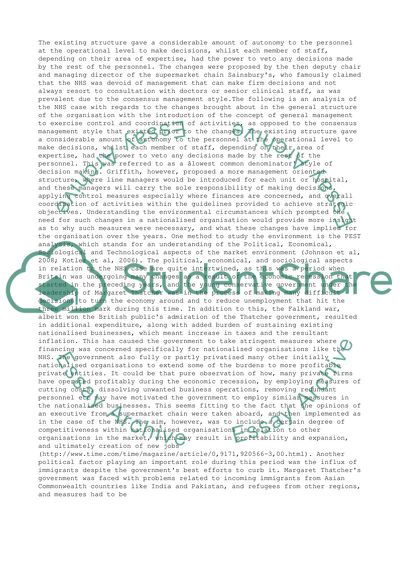Cite this document
(“Undrerstanding & organisation Essay Example | Topics and Well Written Essays - 2000 words”, n.d.)
Retrieved from https://studentshare.org/management/1414142-undrerstanding-organisation
Retrieved from https://studentshare.org/management/1414142-undrerstanding-organisation
(Undrerstanding & Organisation Essay Example | Topics and Well Written Essays - 2000 Words)
https://studentshare.org/management/1414142-undrerstanding-organisation.
https://studentshare.org/management/1414142-undrerstanding-organisation.
“Undrerstanding & Organisation Essay Example | Topics and Well Written Essays - 2000 Words”, n.d. https://studentshare.org/management/1414142-undrerstanding-organisation.


